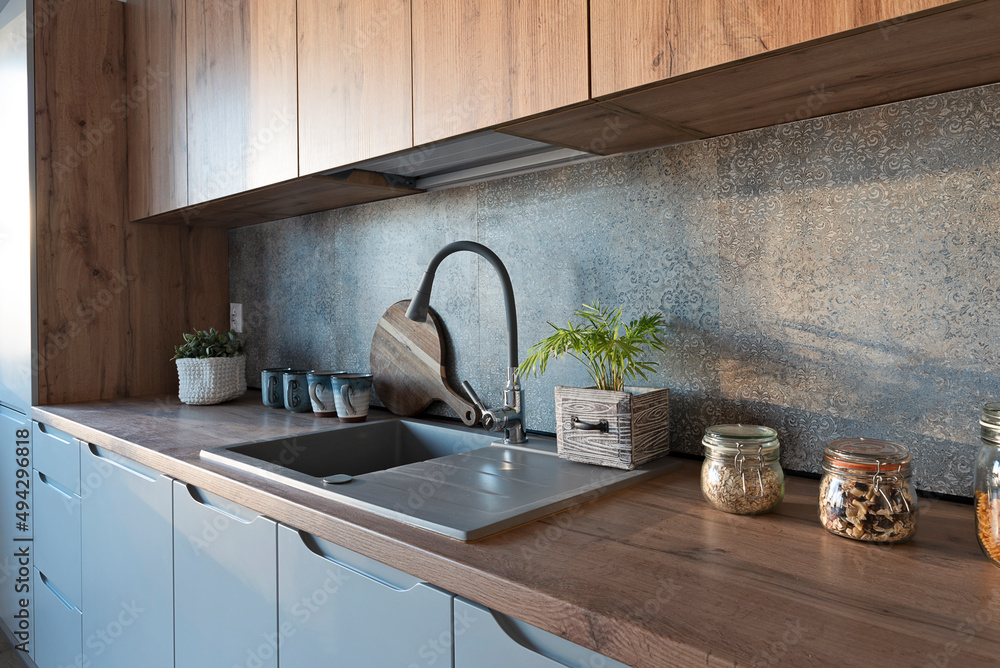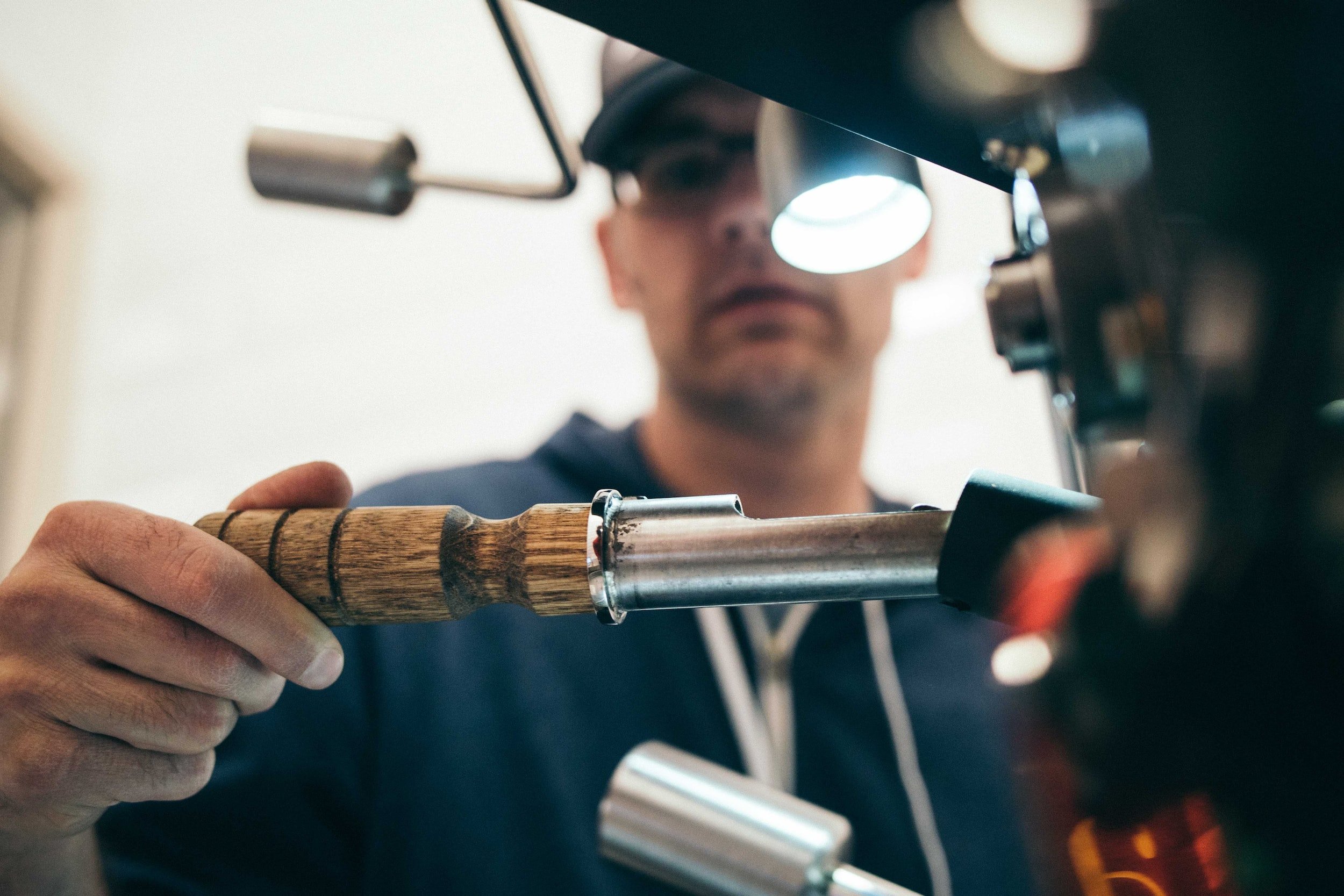The Way Plumbing is Evolving: Patterns and Advancements
The Way Plumbing is Evolving: Patterns and Advancements
Blog Article
On this page on the next paragraphs you can get a lot of incredibly good ideas on the subject of The Future Of Plumbing: Trends And Technologies To Watch.

Intro
The plumbing market is going through a transformative stage driven by technological improvements and growing worries for sustainability and efficiency. This short article checks out arising patterns and technologies forming the future of pipes.
Smart Plumbing Solutions
Integrating clever modern technology into plumbing systems enables remote tracking, leak detection, and automated upkeep. Smart sensors and IoT (Net of Points) tools permit home owners and plumbing professionals to check water usage and spot concerns in real-time, leading to extra efficient resource monitoring and aggressive maintenance.
Water Performance Solutions
With boosting focus on water preservation, ingenious services are being created to decrease water wastefulness in plumbing systems. High-efficiency components, greywater recycling systems, and clever irrigation controllers are amongst the modern technologies helping customers minimize their water footprint while keeping convenience and comfort.
Lasting Products
The change in the direction of sustainability extends to pipes materials, with an expanding preference for eco-friendly alternatives. Biodegradable piping products, such as PEX (cross-linked polyethylene) and HDPE (high-density polyethylene), offer resilience and resistance to rust without compromising environmental honesty.
Anticipating Upkeep
Predictive upkeep methods leverage information analytics and artificial intelligence formulas to expect and prevent pipes issues prior to they occur. By assessing historic information and performance metrics, predictive maintenance formulas can determine patterns and anomalies, enabling positive interventions to prevent costly repair services and disruptions.
Increased Reality in Plumbing
Enhanced Reality (AR) innovation is transforming plumbing by providing service technicians with real-time visual advice for troubleshooting and repair service jobs. AR-enabled smart glasses or mobile applications overlay electronic information onto the physical environment, helping plumbings visualize pipe designs, determine surprise leakages, and perform repair work with accuracy.
Impact of 3D Printing
The arrival of 3D printing has actually presented new opportunities in manufacturing plumbing elements. From custom-made fixtures to intricate pipe fittings, 3D printing permits rapid prototyping and on-demand production, decreasing preparations and making it possible for greater customization in plumbing style.
Health and Safety Qualities
In response to increased problems for health and safety, pipes components are integrating features such as antimicrobial surface areas, touchless procedure, and self-cleaning mechanisms. These technologies not only boost health yet additionally advertise user convenience and comfort.
Hygiene-focused Fixtures
Touchless taps, self-sanitizing commodes, and antimicrobial surfaces are ending up being progressively widespread in residential and commercial settings, reducing the threat of germ transmission and advertising a cleaner, much healthier atmosphere.
Water High Quality Tracking
Developments in water quality monitoring modern technologies allow home owners to monitor the pureness and security of their water system in real-time. Smart water top quality sensors can spot pollutants, pH levels, and temperature variants, empowering users to take aggressive actions to guarantee water security.
Remote Pipes Services
Remote diagnostics and virtual help are changing the way pipes services are supplied. Via video clip conferencing and remote accessibility innovations, plumbings can repair problems, give advice for DIY repair services, and even execute remote inspections, using better accessibility and comfort to home owners.
Challenges and Opportunities
While pipes advancements hold immense promise, they additionally present difficulties such as data personal privacy concerns, governing compliance, and the need for labor force training. Resolving these challenges needs cooperation between industry stakeholders and regulative bodies to make sure secure and liable implementation of new modern technologies.
Governing Landscape
Regulatory frameworks play an essential function in shaping the adoption of pipes innovations, with criteria and codes controling everything from water efficiency to item safety. As technologies remain to develop, governing bodies need to adjust to make sure consumer defense and environmental stewardship.
Future Overview
The future of plumbing is defined by proceeded development and integration with other industries such as IoT, renewable energy, and structure automation. By welcoming sustainable techniques, leveraging arising modern technologies, and focusing on user-centric design, the plumbing industry is positioned to resolve the evolving needs of culture while lessening its environmental impact.
Conclusion
Finally, the future of plumbing is defined by a convergence of innovation, sustainability, and user-centric style. By embracing smart remedies, lasting materials, and aggressive maintenance methods, the plumbing sector can improve efficiency, advertise safety and security, and add to an extra lasting future.
The Future of Plumbing: Trends and Innovations to Watch
Introduction to Future Plumbing Trends
The future of plumbing is being shaped by several key factors, including technological advancements, environmental concerns, and changing consumer expectations. These factors are driving the development of new products, services, and practices that enhance the efficiency, sustainability, and convenience of plumbing systems.
Key Trends and Innovations in Plumbing
Smart Plumbing Systems: The integration of smart technology into plumbing systems is transforming the way we manage water usage and detect issues. Smart leak detectors, automated water shut-off valves, and smart faucets are just a few examples of how technology is enhancing plumbing systems. These devices provide real-time data and remote control capabilities, allowing homeowners to monitor and manage their water usage more effectively. Water Conservation and Efficiency: With increasing concerns about water scarcity, there is a growing emphasis on water conservation and efficiency. Innovations such as low-flow fixtures, greywater recycling systems, and rainwater harvesting are becoming more popular. Plumbers are adopting these technologies to help customers reduce their water consumption and save on utility bills. Sustainable Materials: The use of sustainable materials in plumbing systems is gaining traction. This includes the adoption of recyclable and biodegradable materials, as well as the use of non-toxic and eco-friendly products. Sustainable materials help reduce the environmental impact of plumbing systems and promote long-term sustainability. Energy-Efficient Water Heaters: Advances in water heating technology are leading to the development of more energy-efficient systems. Tankless water heaters, solar water heaters, and heat pump water heaters are becoming more prevalent. These systems offer significant energy savings and reduce the carbon footprint of homes and businesses. Trenchless Technology: Trenchless technology is revolutionizing the way plumbing repairs and installations are conducted. This method allows for the repair or replacement of pipes without extensive excavation, minimizing disruption and reducing costs. Techniques such as pipe bursting and cured-in-place pipe (CIPP) lining are gaining popularity. Health and Safety: The focus on health and safety is driving innovations in plumbing systems. Touchless faucets and fixtures, antimicrobial materials, and improved water filtration systems are being developed to enhance hygiene and protect public health. Plumbers are adopting these innovations to meet the growing demand for safer and healthier plumbing solutions. Remote Diagnostics and Monitoring: The ability to diagnose and monitor plumbing systems remotely is becoming increasingly important. Remote diagnostic tools and sensors allow plumbers to identify issues and perform maintenance without the need for on-site visits. This enhances efficiency and reduces the need for costly emergency repairs. Impact of Future Trends on the Plumbing Industry
Enhanced Efficiency: The adoption of smart technology and energy-efficient systems will enhance the efficiency of plumbing systems. This will lead to reduced water and energy consumption, lower utility bills, and improved performance. Sustainability: The focus on sustainability will drive the development and adoption of eco-friendly plumbing solutions. This will contribute to the conservation of natural resources, reduction of waste, and protection of the environment. Improved Customer Experience: The integration of technology and innovative solutions will improve the customer experience. Homeowners will have greater control over their plumbing systems, access to real-time data, and the ability to manage their water usage more effectively. Increased Demand for Skilled Plumbers: The adoption of new technologies and materials will require plumbers to acquire new skills and expertise. There will be an increased demand for skilled plumbers who are knowledgeable about the latest trends and innovations. Cost Savings: The use of efficient and sustainable plumbing solutions will result in cost savings for both homeowners and businesses. Reduced water and energy consumption, lower maintenance costs, and fewer emergency repairs will contribute to overall affordability. Preparing for the Future of Plumbing
Stay Informed: Keep up-to-date with the latest trends and innovations in the plumbing industry. Attend industry conferences, participate in training programs, and engage with manufacturers to stay informed. Invest in Training: Ensure that you and your team are trained in the latest technologies and installation techniques. This will enable you to offer cutting-edge solutions to your customers and stay competitive in the market. Promote Sustainable Solutions: Highlight the benefits of eco-friendly and energy-efficient plumbing solutions to your customers. Educate them about the advantages of adopting sustainable practices and products. Leverage Technology: Embrace smart technology and remote diagnostic tools to enhance your services. Offer remote monitoring and maintenance options to provide added convenience and value to your customers. Collaborate with Manufacturers: Partner with manufacturers of innovative plumbing products to gain access to the latest solutions and technical support. This can also provide opportunities for joint marketing efforts. Focus on Customer Education: Educate your customers about the benefits and functionality of new plumbing technologies. Provide guidance on how to use smart systems and maintain sustainable plumbing solutions. Conclusion
The future of plumbing is being shaped by exciting trends and innovations that promise to enhance efficiency, sustainability, and convenience. By staying informed and embracing these changes, plumbers can provide superior services to their customers and contribute to a more sustainable future. The adoption of smart technology, sustainable materials, and energy-efficient systems will drive the evolution of the plumbing industry, creating new opportunities and challenges. By preparing for the future, plumbers can ensure their success in a rapidly changing market.

We were shown that editorial on Innovative Plumbing Trends Transforming Construction through an associate on another site. Sharing is nice. Helping others is fun. We recognize the value of reading our article about Innovative Plumbing Trends Transforming Construction.
Visit Our Site Report this page